Proven Strategies to Increase Your Website’s Organic Traffic

In today's digital landscape, driving organic traffic to your website is more crucial than ever. Unlike paid advertising, organic traffic is sustainable and can lead to long-term growth for your business. Understanding how to get organic traffic involves leveraging various strategies that enhance your website’s visibility on search engines. This article delves into proven methods to boost your organic traffic, ensuring your site ranks higher in organic search results and attracts more visitors naturally.
Understanding Organic Traffic
What is Organic Traffic?
Organic traffic refers to visitors who land on your website as a result of unpaid search results. Unlike paid traffic, which comes from advertisements, organic traffic is driven by the relevance of your content to what users are searching for. This type of traffic is highly valuable because it signifies that users find your content relevant and trustworthy.
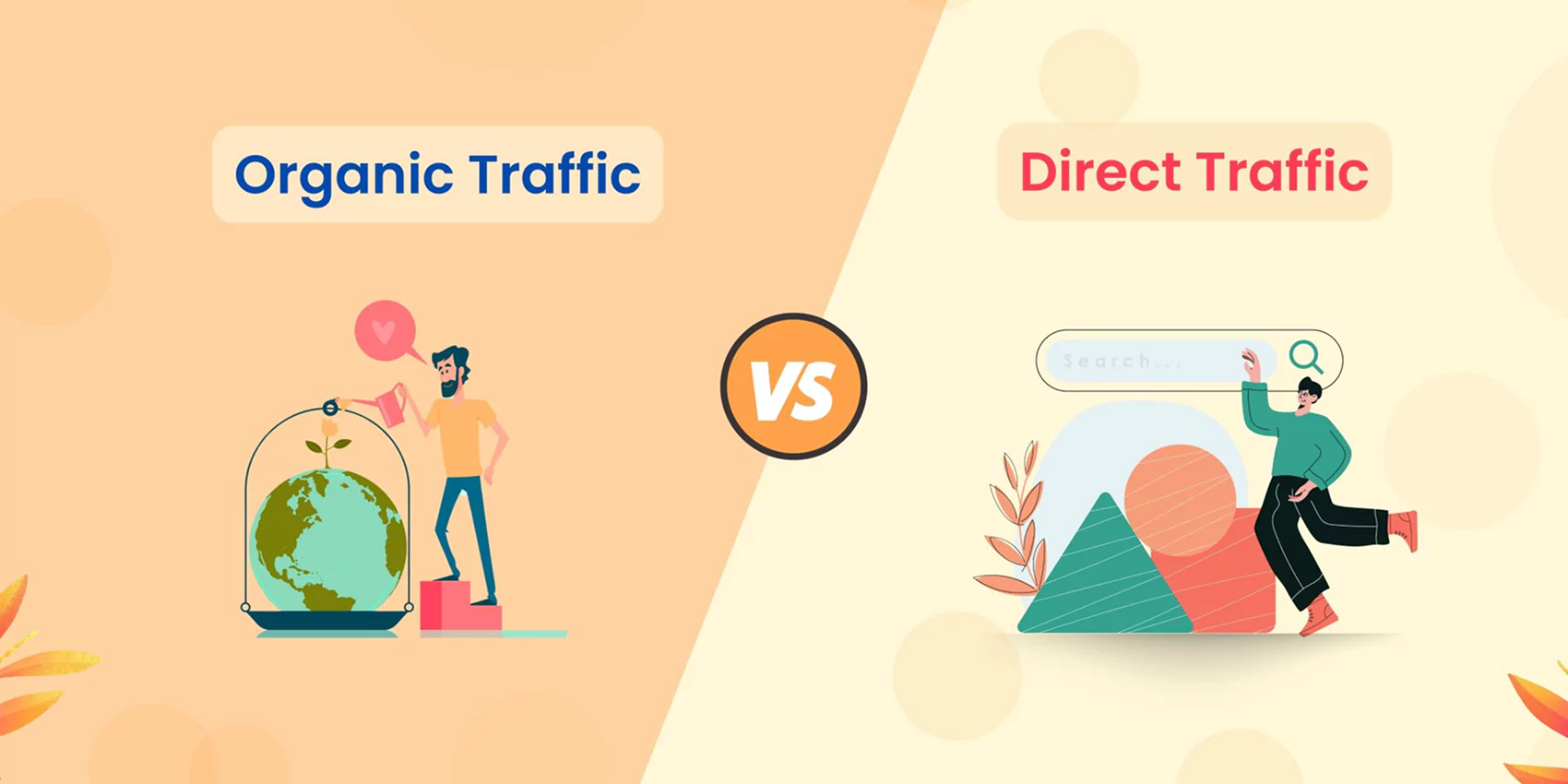
The Importance of Organic Traffic
Increasing organic traffic is essential for several reasons:
Cost-Effective: Unlike paid campaigns, organic traffic doesn't require continuous investment.
Sustainable Growth: Quality content can attract visitors over the long term.
Higher Credibility: Users tend to trust organic search results more than paid ads.
Better Conversion Rates: Organic visitors are often more engaged and likely to convert.
Key Factors Influencing Organic Traffic
To effectively increase organic traffic, it's vital to understand the factors that influence it. These include:
Quality Content
Creating high-quality, relevant content is the cornerstone of organic search optimization. Content that provides value to your audience will naturally attract more visitors and encourage them to stay longer on your site.
Keyword Optimization
Using the right keywords helps search engines understand what your content is about. Integrate your primary keyword, how to get organic traffic, and related secondary keywords naturally throughout your content to improve your organic ranking.
User Experience
A website that is easy to navigate, mobile-friendly, and fast-loading enhances user experience, which in turn positively affects your organic search traffic. Search engines prioritize websites that offer a seamless user experience.

Proven Backlinks
Earning high-quality backlinks from reputable websites can significantly boost your organic search results. Backlinks act as votes of confidence, indicating to search engines that your content is valuable and trustworthy.
Top Strategies to Increase Your Website’s Organic Traffic
Now that we understand the basics, let’s explore actionable strategies to increase traffic to your website organically.
1. Conduct Comprehensive Keyword Research
Effective organic search engine optimisation begins with thorough keyword research. Identify the terms and phrases your target audience is searching for, and incorporate them strategically into your content.
Tools to Use: Google Keyword Planner, SEMrush, Ahrefs.
Focus on Long-Tail Keywords: These are less competitive and more specific, making it easier to rank higher.
2. Optimize On-Page SEO
On-page SEO involves optimizing individual pages to rank higher and earn more relevant traffic. Key elements include:
Title Tags and Meta Descriptions: Craft compelling titles and descriptions that include your primary keyword.
Header Tags: Use H1, H2, and H3 tags to structure your content logically.
Internal Linking: Link to other relevant pages on your website to keep visitors engaged and improve crawlability.
3. Create High-Quality, Engaging Content
Content is king in the realm of natural search engine optimization. Focus on creating content that is informative, engaging, and provides value to your audience.
- Types of Content: Blog posts, videos, infographics, podcasts.
- Regular Updates: Keep your content fresh and up-to-date to maintain relevance.

4. Improve Website Speed and Mobile Optimization
A fast, mobile-friendly website enhances user experience and is favored by search engines. Here’s how to ensure your site meets these standards:
Optimize Images: Compress images without sacrificing quality.
Minimize Code: Reduce the use of unnecessary code and scripts.
Responsive Design: Ensure your website looks and functions well on all devices.
5. Utilize Social Media for Promotion
Promoting your content on social media platforms can drive organic search traffic by increasing visibility and encouraging sharing.
Choose the Right Platforms: Focus on platforms where your audience is most active.
Engage with Your Audience: Respond to comments, participate in discussions, and build a community around your brand.
By implementing these strategies, you can effectively increase organic traffic to your website, improve your organic ranking, and achieve sustainable growth. Stay tuned for the next section, where we will explore advanced techniques to further enhance your organic search optimization efforts.

6. Leverage Local SEO
Local SEO is a powerful strategy to increase organic traffic by targeting customers in specific geographic areas. This is especially beneficial for businesses with a physical presence or those offering services in particular locations.
Optimize Google My Business
Creating and optimizing your Google My Business (GMB) profile can significantly enhance your visibility in organic search results for local queries.
Complete Your Profile: Ensure all information, such as address, phone number, and business hours, is accurate and up-to-date.
Add High-Quality Images: Showcase your products, services, and premises to attract potential customers.
Encourage Reviews: Positive reviews can boost your credibility and improve your local organic ranking.
Use Local Keywords
Incorporate location-specific keywords into your website content, meta descriptions, and title tags. This helps search engines understand the geographic relevance of your site.
- Examples: “best coffee shop in [City]” or “plumber services in [Neighborhood]”
- Tools: Utilize tools like Google Keyword Planner to find relevant local keywords.

7. Optimize for Voice Search
With the rise of smart devices, voice search has become increasingly important in natural search engine optimization. Optimizing for voice search can help you tap into a growing segment of users.
Focus on Conversational Keywords
Voice searches are typically more conversational and longer than text searches. Incorporate long-tail keywords and natural language phrases into your content.
Examples: Instead of “best Italian restaurant,” use “What is the best Italian restaurant near me?”
Content Strategy: Create FAQ pages and conversational content that directly answers common questions.
Improve Site Speed and Mobile Friendliness
Voice searches are often performed on mobile devices. Ensuring your website is fast and mobile-friendly enhances user experience and can improve your organic search traffic.
Responsive Design: Ensure your site adapts seamlessly to different screen sizes.
Accelerated Mobile Pages (AMP): Implement AMP to boost loading times on mobile devices.
8. Utilize Schema Markup
Schema markup is a form of microdata that helps search engines understand your website content better. Implementing schema can enhance your organic search results with rich snippets, making your listings more attractive to users.
Types of Schema Markup
Different types of schema markup can be used depending on your content:
Article Schema: For blog posts and news articles.
Product Schema: For e-commerce sites to display product details.
Local Business Schema: To enhance local SEO efforts.
Implementing Schema
Use tools like Google’s Structured Data Markup Helper to add schema to your website. Proper implementation can lead to higher click-through rates and improved organic ranking.
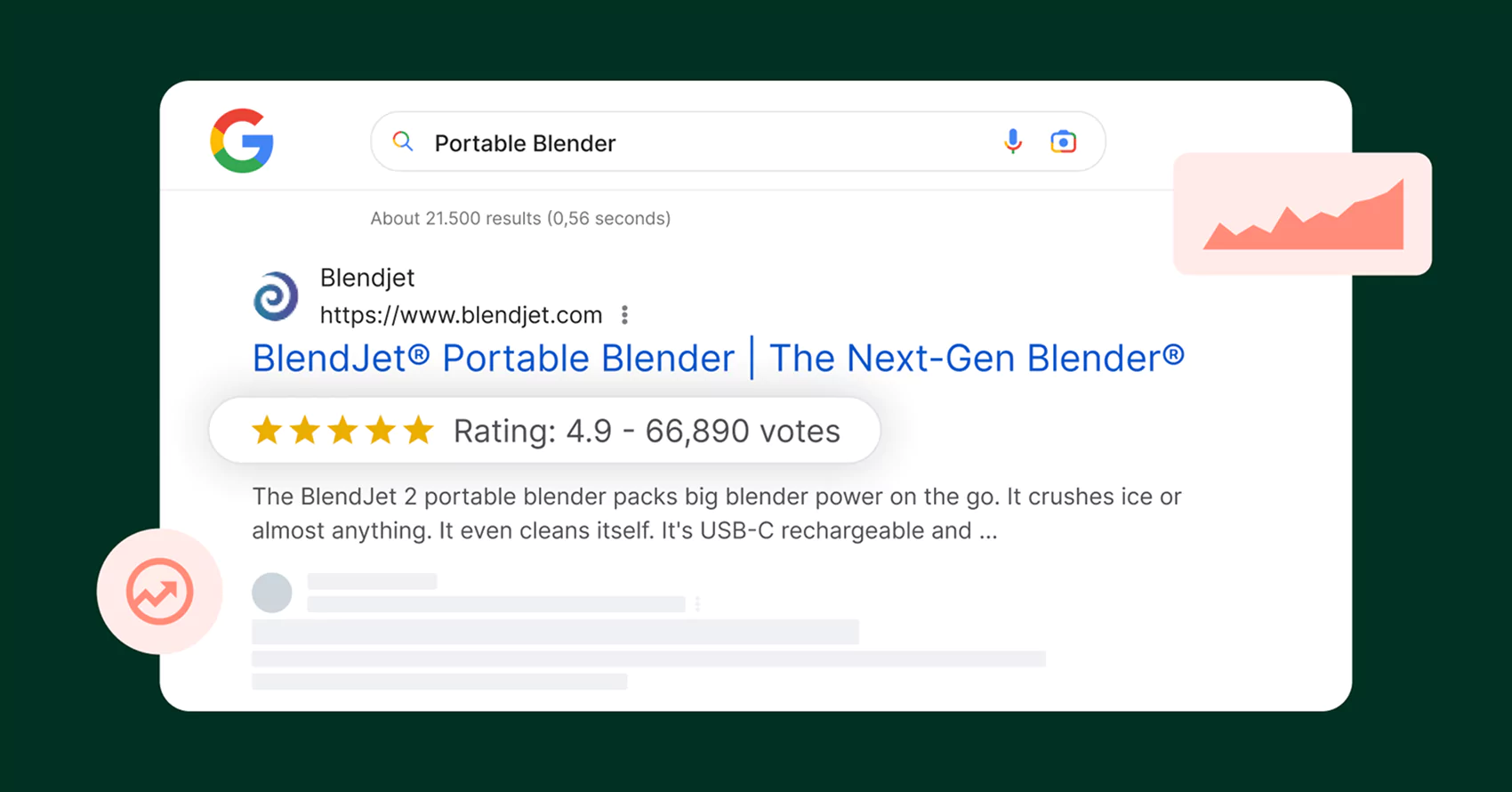
9. Improve User Engagement
Engaging users effectively can lead to increased organic traffic and better organic search optimization. High user engagement signals to search engines that your website is valuable and relevant.
Enhance Content Readability
Content that is easy to read keeps visitors on your site longer, reducing bounce rates and improving your organic ranking.
Use Short Paragraphs: Break content into digestible chunks.
Incorporate Multimedia: Use images, videos, and infographics to make content more engaging.
Clear Call-to-Actions: Guide users on what to do next, whether it’s subscribing to a newsletter or exploring related articles.
Foster Community Interaction
Encourage users to interact with your content through comments, shares, and likes. Building a community around your brand can lead to repeat visits and word-of-mouth referrals.
Respond to Comments: Show that you value user feedback by actively engaging in the comments section.
Social Sharing Buttons: Make it easy for users to share your content on their preferred social platforms.
10. Monitor and Analyze Performance
Continuous monitoring and analysis are essential to understand the effectiveness of your organic search engine optimisation efforts and to make data-driven decisions to increasetraffic to your website.
Use Analytics Tools
Leverage tools like Google Analytics and Google Search Console to track key metrics related to organic search traffic.
Traffic Sources: Identify which channels are driving the most organic traffic.
User Behavior: Analyze how users interact with your site, including pages visited and time spent.
Conversion Rates: Measure how effectively your site converts visitors into customers or leads.
Regular Audits
Conduct regular SEO audits to identify and fix issues that may be hindering your organic ranking.
Technical SEO: Ensure there are no broken links, duplicate content, or crawl errors.
Content Audit: Update outdated content and remove underperforming pages.
Backlink Analysis: Monitor your backlink profile to maintain a healthy and authoritative link structure.
By implementing these advanced strategies, you can further increase organic traffic to your website, solidifying your presence in organic search results and ensuring sustained growth. In the next section, we will explore additional tactics and tools that can help you maintain and enhance your organic search optimization efforts.
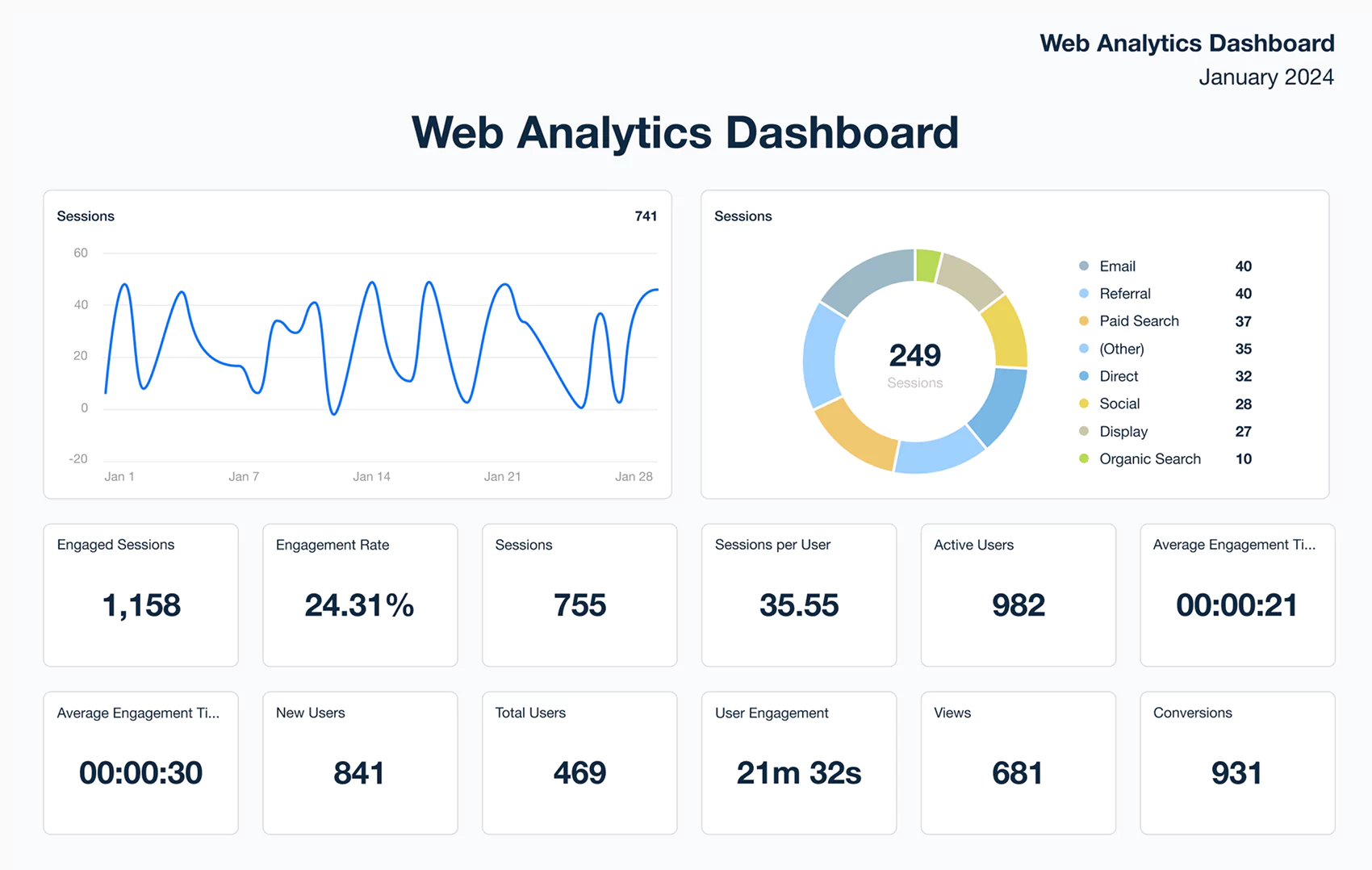
11. Harness the Power of Content Marketing
Content marketing is a cornerstone of natural search engine optimization. By consistently producing valuable and relevant content, you can attract and retain a clearly defined audience, ultimately driving more organic traffic to your website.
Develop a Content Strategy
A well-defined content strategy outlines what type of content you will create, how often you will publish it, and the channels you will use to distribute it.
Content Calendar: Plan your content in advance to ensure consistency.
Diverse Content Types: Utilize blog posts, videos, podcasts, and infographics to cater to different audience preferences.
Value-Driven Content: Focus on creating content that solves problems, answers questions, and provides value to your audience.
Guest Blogging
Contributing articles to reputable websites in your niche can help you reach a broader audience and earn high-quality backlinks, boosting your organic ranking.
Choose Relevant Sites: Target websites that are relevant to your industry and have a strong domain authority.
Provide Value: Ensure your guest posts are informative and valuable to the host site’s audience.
Include Backlinks: Incorporate links back to your website naturally within the content.
12. Implement Video SEO
Videos are becoming increasingly popular and can significantly enhance your organic search traffic. Optimizing your video content for search engines can help you reach a wider audience.
Optimize Video Titles and Descriptions
Ensure your video titles and descriptions are keyword-rich and accurately reflect the content of the video.
Primary Keyword: Include your primary keyword, how to get organic traffic, in the video title.
Detailed Descriptions: Provide comprehensive descriptions that include secondary keywords and relevant information.
Host Videos on Your Website
Hosting videos directly on your website can improve user engagement and keep visitors on your site longer, positively impacting your organic ranking.
Embedded Videos: Embed videos within relevant blog posts or landing pages.
Video Sitemaps: Create a video sitemap to help search engines index your video content more effectively.

13. Enhance Internal Linking
A strong internal linking strategy can improve your website’s organic search optimization by helping search engines understand the structure of your site and distributing link equity across your pages.
Create a Logical Site Structure
Organize your website in a hierarchical manner, with clear categories and subcategories. This makes it easier for both users and search engines to navigate your site.
Main Pages: Identify your most important pages and ensure they are easily accessible from the homepage.
Subpages: Link related subpages to each other to create a web of interconnected content.
Use Descriptive Anchor Text
When linking internally, use descriptive anchor text that includes relevant keywords. This helps search engines understand the context of the linked page.
Example: Instead of “click here,” use “learn more about increasing organic traffic.”
14. Optimize for Featured Snippets
Featured snippets are selected search results that appear at the top of Google’s organic search results, providing quick answers to users’ queries. Optimizing your content to appear in featured snippets can drive significant organic traffic.
Identify Snippet Opportunities
Research common questions and queries in your niche that trigger featured snippets. Use tools like SEMrush or Ahrefs to find these opportunities.
Question-Based Content: Create content that directly answers specific questions.
List and Table Formats: Present information in lists or tables, which are often used in featured snippets.
Structure Your Content for Snippets
Format your content to align with how featured snippets are displayed. This increases the likelihood of your content being selected.
Clear Headings: Use headings that match the questions users are asking.
Concise Answers: Provide clear and concise answers, ideally within 40-50 words.
Use Bullet Points or Numbered Lists: These formats are favored for featured snippets.
By integrating these additional strategies into your SEO efforts, you can further enhance your website’s visibility in organic search results and continue to increase traffic to your website. The next quarter will cover more advanced techniques and tools to ensure your organic search optimization is both effective and sustainable.
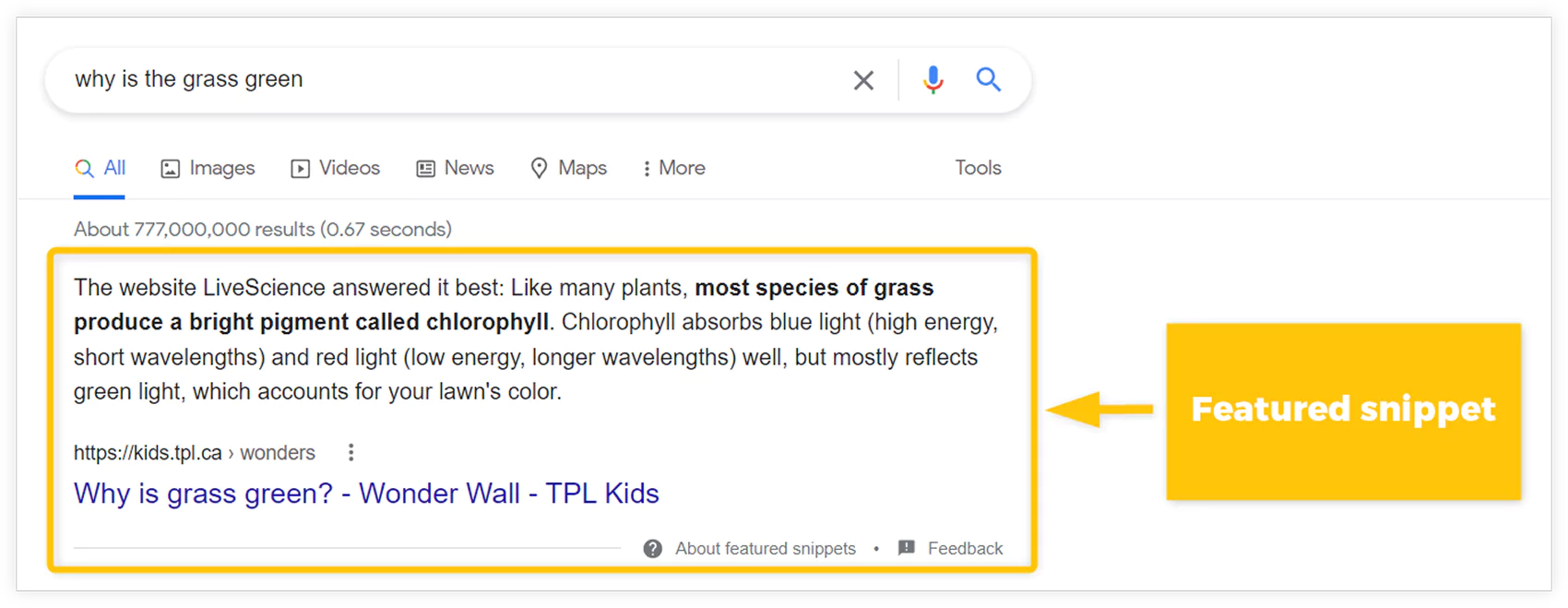
15. Utilize Email Marketing to Support SEO
Email marketing can indirectly support your organic search optimization efforts by driving traffic to your website and increasing engagement.
Build a Quality Email List
Focus on growing a targeted email list of subscribers who are genuinely interested in your content or products.
Opt-In Forms: Use clear and compelling opt-in forms on your website.
Incentives: Offer incentives such as free eBooks, discounts, or exclusive content to encourage sign-ups.
Promote Your Content
Regularly share your latest blog posts, videos, and other content with your email subscribers to drive traffic and increase engagement.
Newsletters: Send out newsletters that highlight your top content and updates.
Personalization: Personalize emails based on subscriber preferences and behavior to improve open and click-through rates.
16. Implement A/B Testing
A/B testing allows you to experiment with different elements of your website to determine what works best in terms of user engagement and conversions, thereby enhancing your organic traffic.
Test Key Elements
Identify key elements of your website that can be optimized, such as:
Headlines and Titles: Test different headlines to see which ones attract more clicks.
Call-to-Actions: Experiment with different CTA texts, colors, and placements.
Content Layout: Try different layouts to improve readability and engagement.
Analyze Results
Use the data from your A/B tests to make informed decisions about what changes to implement permanently. This iterative process helps in continuously improving your website’s performance.
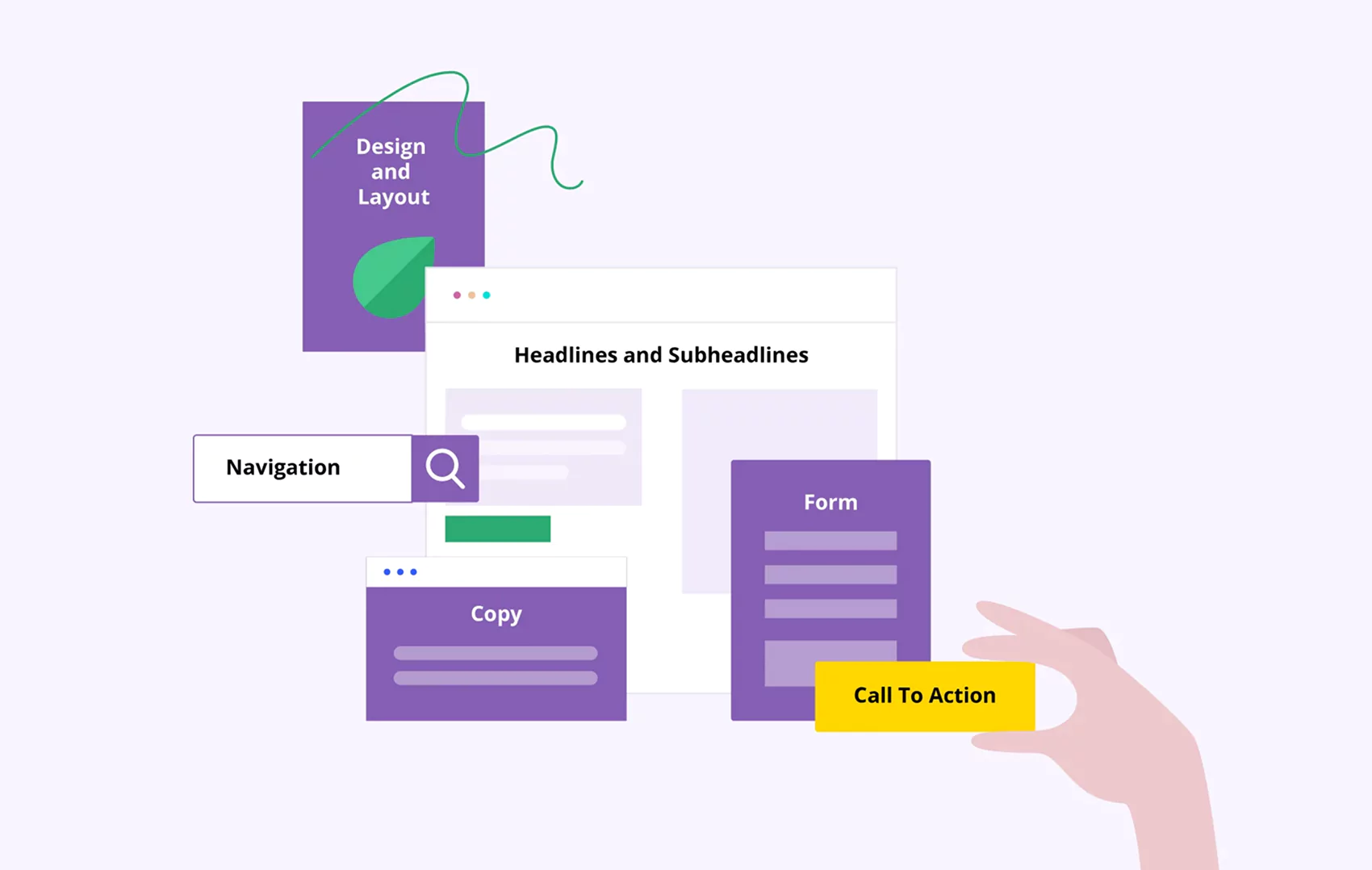
17. Strengthen Your Backlink Profile
A strong backlink profile is crucial for improving your organic ranking and driving more organic search traffic. Focus on acquiring high-quality backlinks from authoritative websites in your industry.
Create Link-Worthy Content
Develop content that naturally attracts backlinks by providing exceptional value, such as in-depth guides, original research, and unique insights.
Research Studies: Publish original research or case studies that others will reference.
Comprehensive Guides: Create ultimate guides on topics relevant to your audience.
Outreach and Relationship Building
Reach out to industry influencers, bloggers, and website owners to promote your content and secure backlinks.
Personalized Emails: Send personalized outreach emails explaining why your content would be valuable to their audience.
Guest Contributions: Offer to contribute guest posts in exchange for a backlink to your site.
18. Enhance Security with HTTPS
Ensuring your website is secure with HTTPS not only protects your users but also positively impacts your organicsearchoptimization.
Obtain an SSL Certificate
An SSL certificate encrypts data between your website and its visitors, ensuring secure communication.
Implementation: Work with your hosting provider to install an SSL certificate on your website.
HTTPS Migration: Redirect all HTTP traffic to HTTPS to maintain SEO equity.
Build Trust and Credibility
A secure website builds trust with your visitors, leading to longer sessions and lower bounce rates, which can enhance your organicranking.

19. Optimize Images for SEO
Optimizing images can improve your website’s load times and visibility in organicsearchresults, particularly in image searches.
Use Descriptive File Names
Rename your image files with descriptive, keyword-rich names before uploading them to your website.
Example: Instead of “IMG1234.jpg,” use “increase-organic-traffic-strategies.jpg”
Add Alt Text and Titles
Include relevant keywords in your image alt text and title attributes to enhance SEO and accessibility.
Alt Text Example: “Infographic showing proven strategies to increase organic traffic”
Compress Images
Reduce image file sizes without compromising quality to improve your website’s load speed, which is a critical factor in organic search optimization.
Tools: Use tools like TinyPNG or ImageOptim to compress images effectively.
20. Stay Updated with SEO Trends
SEO is constantly evolving, and staying updated with the latest trends and algorithm changes is essential for maintaining and improving your organic search traffic.
Follow Industry Blogs and News
Regularly read reputable SEO blogs and news sources to stay informed about the latest developments.
Recommended Sources: Moz, Search Engine Journal, Neil Patel’s blog
Participate in SEO Communities
Engage with SEO communities and forums to share knowledge, ask questions, and learn from other professionals.
Platforms: Reddit’s r/SEO, SEO-focused LinkedIn groups, and industry-specific forums

21. Utilize Content Repurposing
Repurposing content allows you to reach different audiences and extend the lifespan of your content, thereby driving more organic traffic.
Transform Blog Posts into Other Formats
Convert your existing blog content into various formats to cater to different preferences.
Videos: Create video summaries or tutorials based on your blog posts.
Infographics: Design infographics that visually represent key points from your articles.
Podcasts: Discuss your blog topics in podcast episodes for audio audiences.
Update and Refresh Old Content
Regularly update your older content to keep it relevant and accurate, which can improve its performance in organic search results.
Add New Information: Incorporate the latest data, trends, and insights.
Optimize for SEO: Revisit keywords and on-page SEO elements to ensure they are up-to-date.
22. Implement Long-Form Content
Long-form content tends to perform better in organic search results as it provides comprehensive coverage of topics, which can attract more organic search traffic.
Benefits of Long-Form Content
Higher Engagement: Detailed content keeps users engaged longer.
More Backlinks: In-depth articles are more likely to be referenced by other websites.
Better SEO Performance: Longer content typically ranks higher in search results.
Creating Long-Form Content
Focus on creating well-researched, detailed articles that thoroughly address your audience’s needs and questions.
Structure: Use clear headings, subheadings, and multimedia to break up the text.
Depth: Cover all aspects of a topic to provide maximum value to readers.
By incorporating these comprehensive strategies, you can significantly enhance your website’s organic search optimization and continue to increaseorganic traffic effectively. The final quarter will focus on advanced tools, maintaining your SEO efforts, and ensuring long-term success in your organic search marketing SEO endeavors.
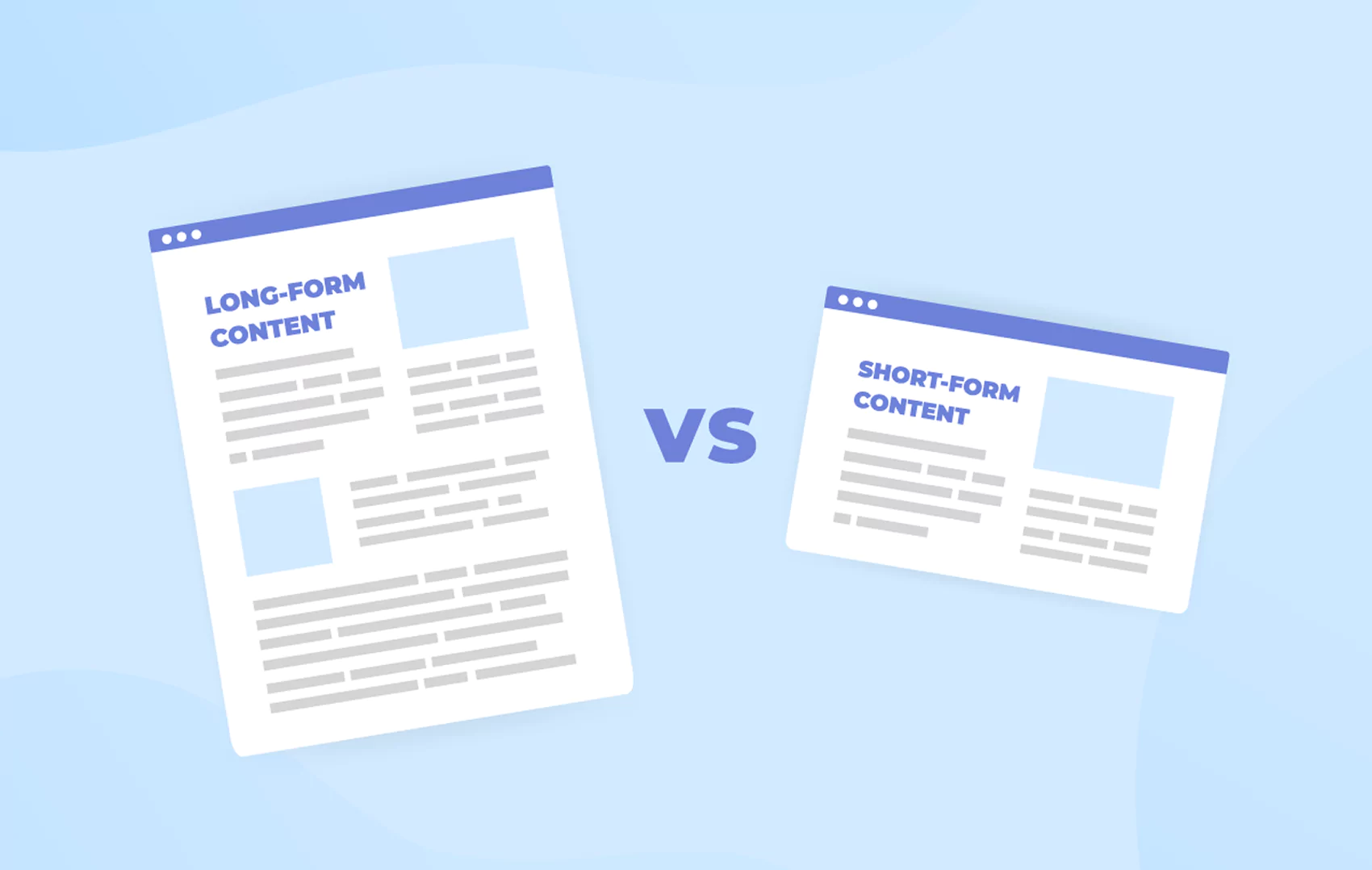
23. Utilize Advanced SEO Tools
Advanced SEO tools can provide deeper insights and streamline your organic search optimization efforts, helping you increase traffic to your website more efficiently.
SEO Audit Tools
Regular SEO audits help identify and rectify issues that may be affecting your organic ranking.
Tools: Screaming Frog, SEMrush Site Audit, Ahrefs Site Audit.
Features: Crawl your website to find broken links, duplicate content, and other technical issues.
Keyword Research Tools
Advanced keyword research tools help you discover high-potential keywords to target in your content.
Tools: Ahrefs, SEMrush, Moz Keyword Explorer
Features: Analyze search volume, keyword difficulty, and competitor keywords.
Competitor Analysis Tools
Understanding your competitors’ strategies can provide valuable insights for your own organic search optimization.
Tools: SpyFu, SEMrush, SimilarWeb
Features: Analyze competitors’ keyword strategies, backlink profiles, and top-performing content.
24. Focus on E-A-T (Expertise, Authoritativeness, Trustworthiness)
Google emphasizes E-A-T as a critical factor in determining the quality of content and the credibility of websites, which directly impacts your organic ranking.
Showcase Expertise
Demonstrate your knowledge and expertise in your industry through high-quality content and professional credentials.
Author Bios: Include detailed author bios that highlight expertise and qualifications.
In-Depth Content: Provide comprehensive and accurate information on your topics.
Build Authoritativeness
Establish your website as an authority by consistently producing valuable content and earning high-quality backlinks.
Guest Contributions: Publish articles on reputable websites to build your authority.
Citations: Get your content cited by authoritative sources in your industry.
Ensure Trustworthiness
Build trust with your audience by maintaining transparency and providing reliable information.
Secure Website: Implement HTTPS to protect user data.
Clear Policies: Include clear privacy policies, terms of service, and contact information.
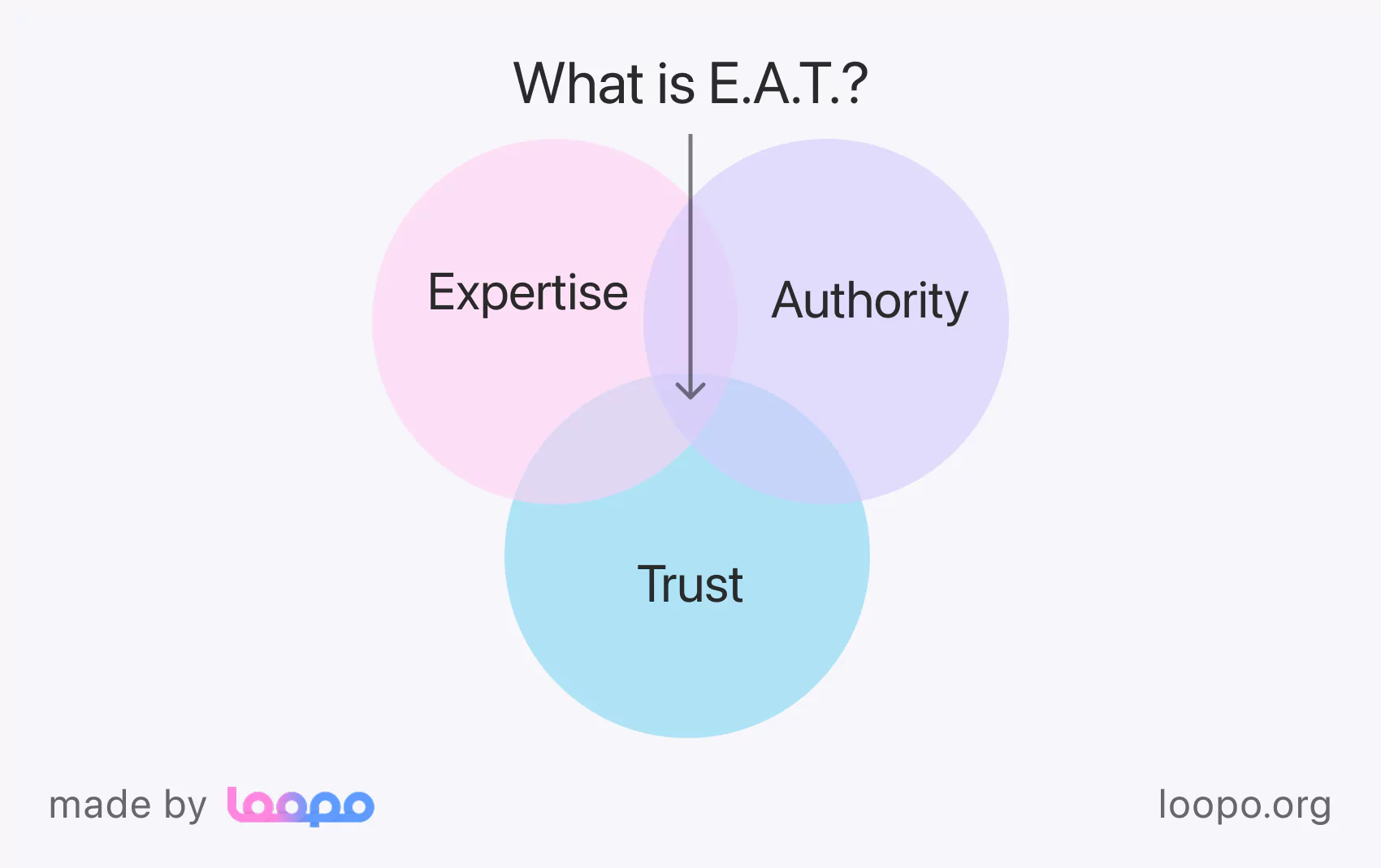
25. Optimize for International SEO
If your business targets a global audience, optimizing for international SEO can help you increase organic traffic from different regions.
Use Hreflang Tags
Hreflang tags indicate to search engines the language and regional targeting of your webpages, ensuring the right content is served to the right audience.
Implementation: Add hreflang tags to your HTML to specify language and region.
Consistency: Ensure consistency between hreflang tags and the actual content on your pages.
Create Location-Specific Content
Develop content tailored to the cultural and linguistic preferences of your international audience.
Language Variations: Translate content accurately and adapt it to local dialects.
Regional Topics: Address topics and issues relevant to specific regions.
26. Implement Content Clusters
Content clusters involve creating a central pillar page surrounded by related content pages, all interlinked to enhance organic search optimization.
Pillar Pages
Create comprehensive pillar pages that cover broad topics in-depth. These pages act as the main hub for related content.
Example: A pillar page on “Organic SEO Strategies” with links to detailed articles on specific strategies like keyword research, backlink building, and content creation.
Cluster Content
Develop cluster content that dives deeper into specific aspects of the pillar topic. Each cluster page should link back to the pillar page and other related cluster pages.
Internal Linking: Strengthen the relationship between content pieces through strategic internal linking.
SEO Benefits: Improves site architecture and helps search engines understand the relevance of your content.
27. Enhance Content Accessibility
Ensuring your content is accessible to all users, including those with disabilities, can improve user experience and contribute to better organic search optimization.
Use Proper HTML Tags
Utilize appropriate HTML tags to structure your content, making it easier for screen readers and search engines to interpret.
- Headings:Use H1, H2, H3 tags to organize content hierarchically.
- Alt Text: Provide descriptive alt text for all images to aid visually impaired users.
Implement ARIA (Accessible Rich Internet Applications)
ARIA attributes enhance the accessibility of web content, especially for dynamic content and interactive elements.
Roles and States: Define roles and states for interactive elements to improve navigation for assistive technologies.
Labels: Ensure all form elements and interactive components have clear labels.

28. Optimize for User Intent
Understanding and optimizing for user intent ensures that your content meets the needs of your audience, thereby improving organic search traffic and organic ranking.
Types of User Intent
Informational: Users seeking information or answers to questions.
Navigational: Users looking to reach a specific website or page.
Transactional: Users intending to make a purchase or complete a specific action.
Align Content with Intent
Create content that aligns with the different types of user intent to ensure relevance and satisfaction.
Informational Content: Detailed guides, how-to articles, and FAQs.
Navigational Content: Clear navigation menus and internal links.
Transactional Content: Product pages, landing pages with clear CTAs, and easy checkout processes.
29. Implement Exit-Intent Popups
Exit-intent popups can help retain visitors who are about to leave your site, potentially converting them into leads or customers and increasing organic traffic.
Offer Valuable Incentives
Provide incentives such as discounts, free resources, or newsletter sign-ups to encourage users to stay or take action before they leave.
Examples: “Subscribe now and get 20% off your first purchase” or “Download our free eBook on SEO strategies.”
Keep it Non-Intrusive
Ensure that popups are user-friendly and do not disrupt the browsing experience, maintaining a positive user experience that supports organic search optimization.
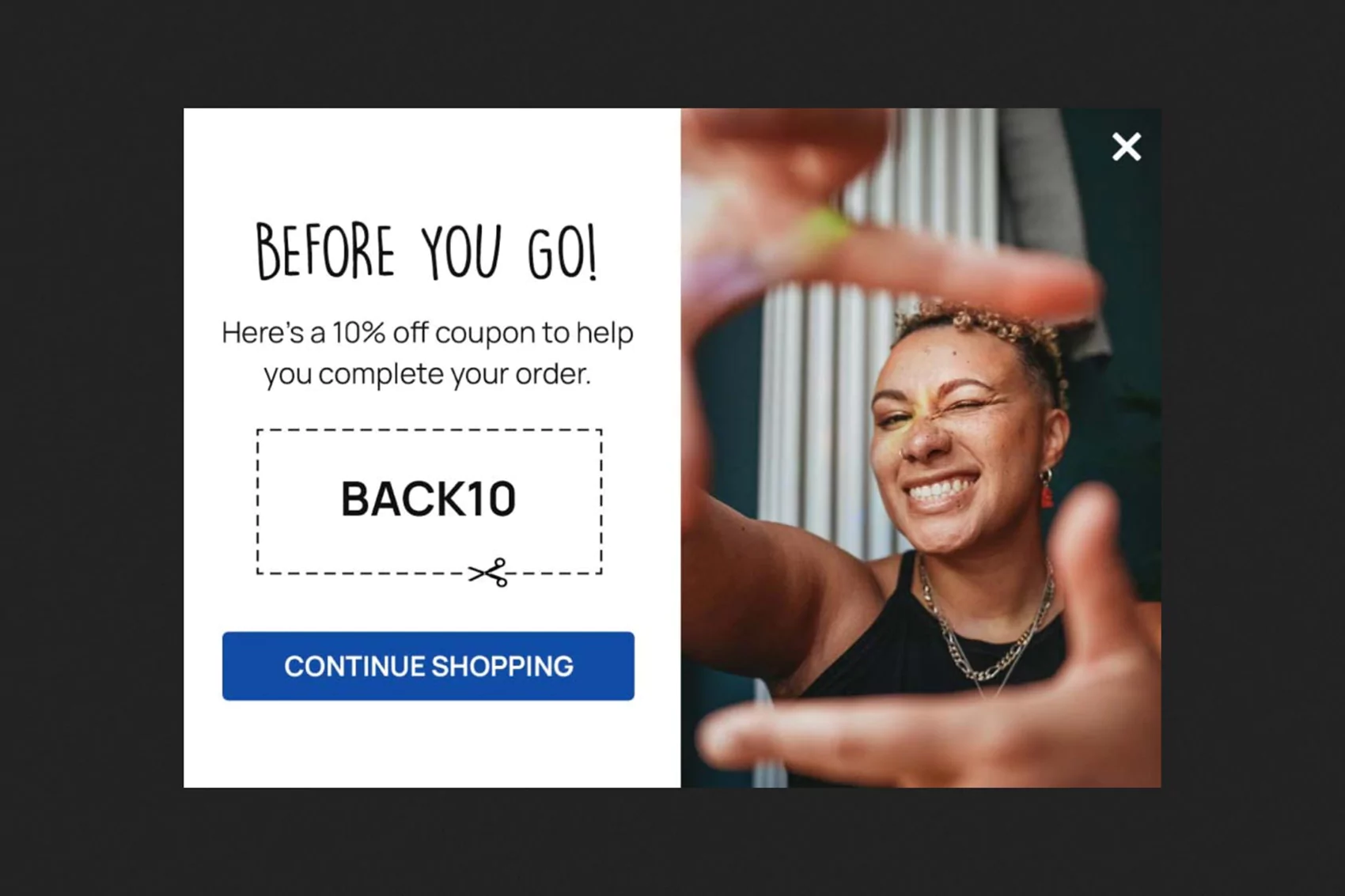
30. Foster User-Generated Content
Encouraging users to create content related to your brand can enhance your website’s organic search optimization and drive more organic traffic.
Encourage Reviews and Testimonials
Collect and display customer reviews and testimonials to build trust and provide fresh, relevant content for search engines.
Platforms: Use review platforms like Google Reviews, Yelp, or integrate a review system on your website.
Showcase Testimonials: Feature positive testimonials prominently on your site to enhance credibility.
Host Contests and Challenges
Engage your audience by hosting contests or challenges that encourage them to create and share content related to your brand.
User Submissions: Allow users to submit photos, videos, or stories that can be featured on your website.
Incentives: Offer prizes or recognition to motivate participation.
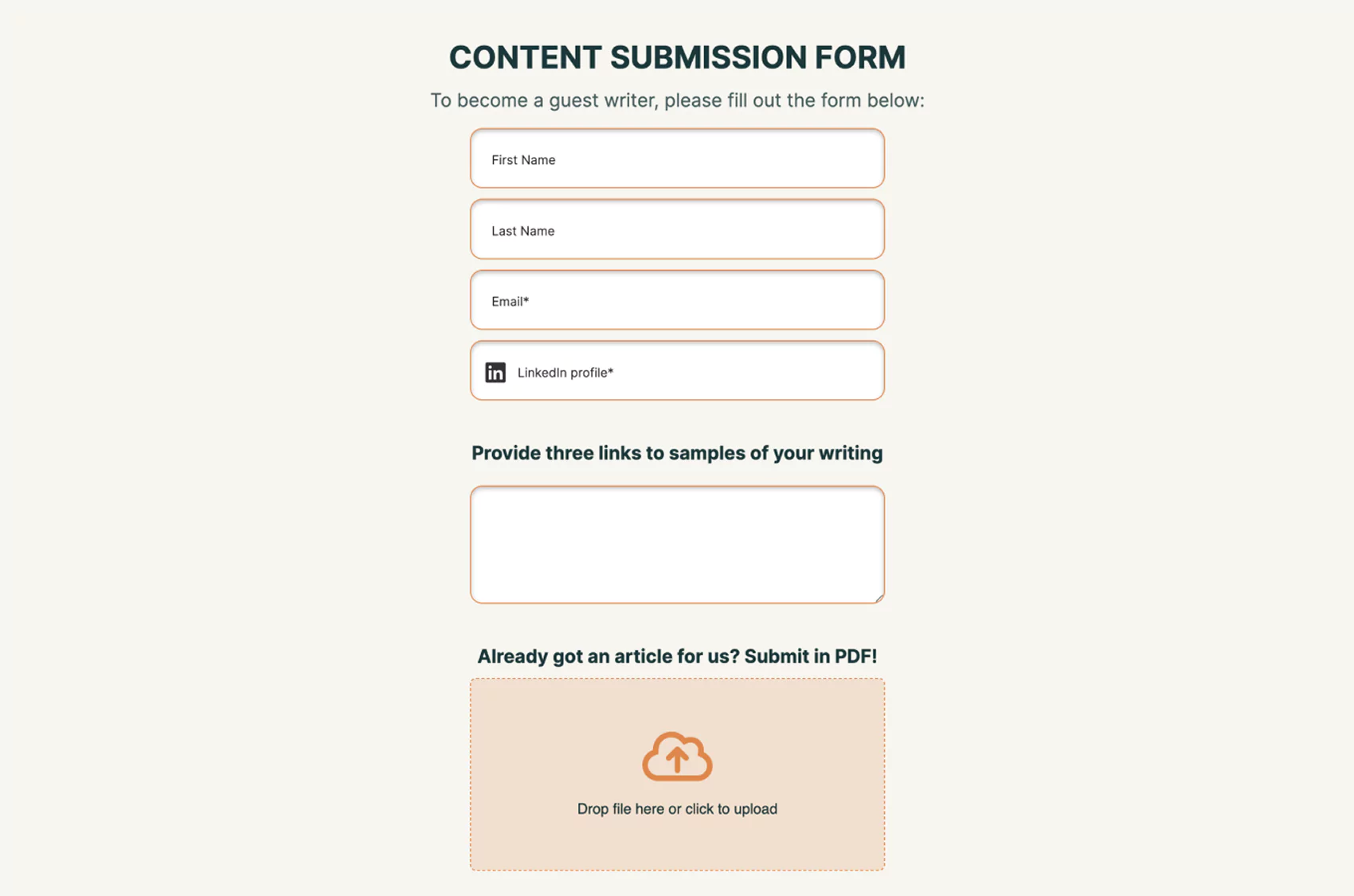
Conclusion
Increasing your website’s organic traffic is a multifaceted endeavor that requires a strategic approach to natural search engine optimization. By implementing the proven strategies outlined in this article—from comprehensive keyword research and quality content creation to leveraging advanced SEO tools and fostering user engagement—you can significantly enhance your site’s visibility in organic search results.
Remember, SEO is an ongoing process that demands continuous optimization and adaptation to evolving trends. By staying informed and consistently applying these techniques, you can achieve sustainable growth and maintain a strong online presence.






